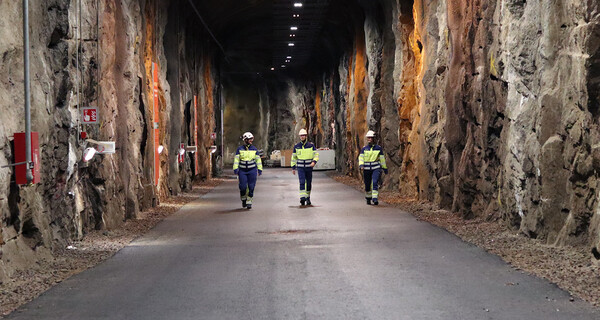A safety case is a report portfolio demonstrating compliance with regulatory requirements regarding the long-term safety of the disposal. The safety case for Loviisa LILW repository 2018 considers the operational and decommissioning wastes arising from Loviisa nuclear power plant, consisting of two VVER-440 reactor units. The waste is disposed in an on-site repository at the Hästholmen island at the depth of about 110 m whereas Olkiluoto LILW repository 2023 consideres the wastes from Olkiluoto 1&2 BWR reactors and Olkiluoto 3 EPR. The waste is disposed in an on-site repository and its future extension for the decommissioning wastes at the Ulkopää Cape in the western part of the Olkiluoto Island at the depth of about 60 - 100 m. The safety case consists of four primary and two supporting reports.
The safety case considered the evolution of the repository and surface environment from their initial state at the closure up to one million years. The identified key uncertainties in the repository performance were systematically combined into six scenarios. The radiological impacts within these scenarios were studied in the radionuclide release, transport and dose modelling both using deterministic and probabilistic methods. Both the deterministic results and the probabilistic results were used in comparison with the regulatory constraints to build confidence on the safety of the disposal.
